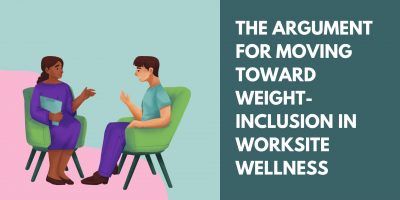
The Argument For Moving Toward Weight-Inclusion in Worksite Wellness
Discover the game-changing shift from a weight-focused worksite wellness model to a weight-inclusive approach, where health and well-being thrive beyond the scale.

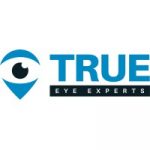
Optometrist at True Eye Experts

Director & Travel Advisor at Nepal Hiking Team

Co-Owner of Damien McEvoy Plumbing

Founding Partner at Attorneys for Employees
The year is 1970 – the Equal Pay Act (EPA) has just come into action, there’s a dramatic number of strikes, and a group of African American employees are suing their employer in what will become a groundbreaking case for racial discrimination.
The company in question, Duke Power’s Dan River Steam Station, was notoriously known for its racist work practices, despite the 1964 Civil Rights Act that explicitly protected workers’ rights. Since the employer couldn’t openly discriminate against people of color, they set up work policies that purposely disqualified African American employees and held them back from promotions.
On March 8, 1971, the U.S. Supreme Court ruled in the plaintiff’s favor, making Griggs v. Duke Power Co. one of the first cases of its kind, setting the foundations for the upcoming fight against employment discrimination.
Fast forward several decades, it’s 2022, and former Glow Networks employees have won a 70-million-dollar lawsuit on racial discrimination after proving they were subjected to demotion, unequal wages, and a hostile environment.
Although this isn’t the most extensive employee pay-out, the Yarbrough et al. v. Glow Networks verdict is an excellent example of how far we’ve come regarding workers’ rights and the importance of legal resources against unlawful behavior at work.
Unfortunately, employment discrimination is still prevalent in the modern workplace, with ongoing cases demonstrating that inequality and bias remain severe societal issues.
So, let’s start from the very beginning and explore why and how this happens and what we can do to subside discrimination in the workplace.
According to the U.S. Equal Employment Opportunity Commission (EEOC), to “discriminate” against someone means treating them differently and less favorably.
In that manner, employment discrimination refers to the unfair and unequal treatment of an individual or a group of employees because of specific characteristics, ranging from race and national origin to gender identity and sexual orientation.
At its core, it arises from prejudice, biases, and stereotypes deeply ingrained within our society.
In the workplace, discrimination translates into anything from hiring and firing bias to unequal opportunities for promotion, compensation, and working conditions. As such, it can have grave consequences for those affected, harming their economic, social, and mental wellbeing.
Since laws and regulations safeguard said characteristics, treating employees differently because of them is morally wrong and illegal in many countries.
Between 2015 and 2020, U.S. businesses lost $171.9 billion in turnover due to unfair employee treatment, show findings from the 2021 report by the Society for Human Resource Management (SHRM).
The research further indicates that the emotional response triggered by discrimination causes employees to:
Moreover, research by Gallup shows that, although its individualistic, workplace discrimination is more pervasive among Black and Hispanic workers than Whites and Asians.
As a result, this affects the workplace by changing employees’ ability to do their best work, as well as their perception of:
Ultimately, any discrimination creates a disengaged workforce, affecting job productivity and retention.
Despite continuous efforts to prevent it, discrimination in the workplace remains an unfortunate reality for many individuals, hindering their professional growth and wellbeing.
“As an immigrant from India here in the U.S., I have unfortunately witnessed discrimination faced by different minority groups in the workplace. This includes gender, race, religion, and even sexual orientation,” reflects Besty S. Jacob, Optometrist at True Eye Experts.
What Jacob mentions is only a portion of the conscious or unconscious biases at work, which further expand to everything from age to disabilities and genetic information.
Age discrimination refers to treating individuals unfavorably based on their age, which affects employees both young and old.
Currently, the labor force consists of five different generations:
In such multigenerational environments, stereotyping is a standard affair.
For example, older workers may face challenges related to limited advancement opportunities or forced retirement. Conversely, younger employees may encounter prejudice due to perceived inexperience or lack of skills.
Intergenerational diversity should be considered an advantage rather than a ground for discrimination since each age group provides different values that can improve the workplace.
Individuals mistreated based on race or ethnicity suffer from biased hiring practices, unequal pay, and discriminatory promotion treatment.
In fact, statistics show that the median income of the African American population is the lowest, at $30,555, compared to:
Moreover, they also experience the highest unemployment rates and receive a lower median hourly wage than Whites and Asians.
Statistics show that, for every 100 men that get promoted, only 87 women receive the same advancement opportunity. Between this and the wage gap, historically, gender discrimination has been much more prevalent for women. They have faced and are still experiencing unequal treatment in terms of hiring, promotion, pay, and overall working conditions.
According to the World Bank’s 2022 report, Women, Business, and the Law, 2.4 billion women of working age globally don’t have equal economic opportunities.
However, societal progress and legal reforms have paved the way for greater gender equality, although disparities persist.
Organizations are now more focused on fostering gender diversity, implementing policies to empower women, supporting work-life balance, and closing the gender pay gap.
Religious discrimination refers to treating employees unfavorably based on their beliefs or practices.
This bias can manifest in various ways, including denying religious accommodations, making derogatory comments, or subjecting individuals to harassment.
Employers should promote religious tolerance and accommodate employees’ religious practices within reasonable bounds.
In 1978, the federal Pregnancy Discrimination Act was put in place to protect women from discrimination due to pregnancy, childbirth, abortion, and other pregnancy-related medical conditions.
However, to this day, being a woman in the workforce is not easy.
Navigating between career and family planning can be challenging to say the least, even more so considering that maternity leave in the U.S. can be as short as four weeks or that women are still considered the primary caregivers.
Discrimination based on sexual orientation and gender identity affects individuals who identify as LGBTQ+ (lesbian, gay, bisexual, transgender, queer/questioning, and others).
Despite recent advances in LGBTQ+ rights, individuals still face prejudice, including biased hiring decisions, harassment, and exclusion.
According to the LGBT People’s Experiences of Workplace Discrimination and Harassment report, almost half of LGBTQ+ employees reported experiencing unfair treatment at some point in their careers.
Mistreating someone because of a disability, visible or invisible, is against the law, and there are legal frameworks that aim to protect the rights of these individuals and promote inclusivity.
In terms of the workplace, this encompasses issues such as inaccessible workplaces, unequal opportunities, and failure to provide reasonable accommodations.
Equal pay discrimination occurs when employees are compensated differently for similar work based on their gender, race, or other protected characteristics in the work environment.
The wage gap is a pressing matter, considering that women earn 82 cents for every dollar a man makes.
Statistics further show that female executives earn even less than their male counterparts, and the pay gap is higher for women of color.
Despite legislation like the EPA, wage disparities persist across industries and demographics. Efforts to achieve pay equity involve proactive measures, transparent pay practices, and addressing systemic biases.
According to EEOC, genetic information discrimination refers to unfair treatment of a person because of their genetic characteristics and family medical history—for example, an increased risk of developing a disease, disorder, or medical condition.
This discrimination can occur during employment but also affects promotions, assignments, training, fringe benefits, and more.
Most types of discrimination in the workplace are linked to particular biases and stereotypes. However, harassment, which the EEOC defines as “unwelcome conduct,” is much broader and can happen due to one or more of the abovementioned causes, including color, religion, gender, age, disability, or genetic information.
It usually comes in verbal, physical, and visual form, and it becomes unlawful when the offensive conduct is continuous and severe enough to create an intimidating, abusive, or hostile workplace.
National origin discrimination occurs when employees are mistreated based on their country of origin, accent, or ethnicity.
“Interacting with many foreigners due to the nature of my job and having diverse teams work with me, I have unfortunately seen workplace discrimination on multiple occasions,” admits Balaram Thapa, Director and Travel Advisor at Nepal Hiking Team.
He recalls a story of when one of his guides received unfair treatment from a traveler demanding a new guide of different ethnicity to feel more comfortable.
“My team and I did not allow this to happen, as we stand firm against all forms of discrimination.
We also have instances like accent discrimination. Foreigners made fun of the local guides and staff for their accents, even if they spoke English fluently. It’s really sad to see how these people are treated just because of their race, color, or accent.
These experiences have only strengthened my commitment to fighting all forms of workplace discrimination and creating a safe and respectful environment for everyone at the Nepal Hiking Team.
I strive to ensure that each person’s diverse background is an asset instead of a liability in our company.”
Finally, retaliation refers to adverse actions against employees who engage in protected activities, such as reporting discrimination or participating in investigations.
Workers must feel secure when exercising their rights without fear of retaliation.
To ensure that, organizations should establish clear policies prohibiting this type of discrimination and foster a culture of well-being and accountability.
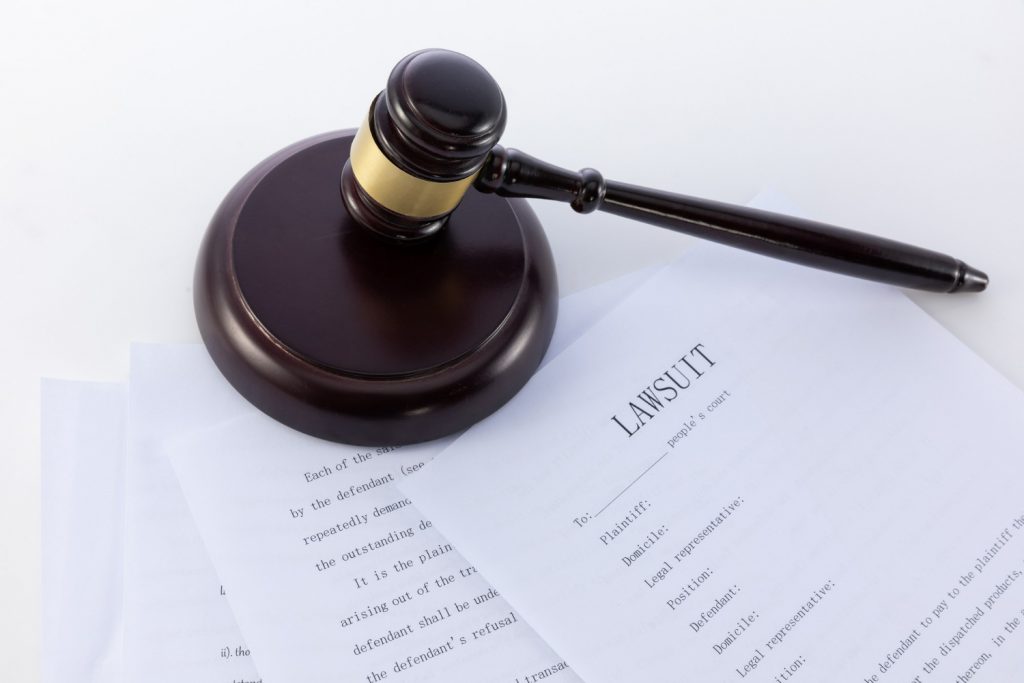
Only a few decades ago, employment discrimination was a standard “addition” to the workplace. Employers could fire someone for being of different ethnicity, harass women, or use racial slurs without facing any consequences.
It wasn’t until the Civil Rights Act of 1964 that this power dynamic started to shift toward the employee.
This inspired the creation of the Equal Employment Opportunity Commission (EEOC) and numerous other organizations and laws. Nowadays, many legal tools exist to protect employees from discrimination in the workplace, including:
Apart from laws and regulations, several organizations are at the forefront of employee protection. The three most important are:
To this day, Griggs v. Duke Power Co. is one of the most compelling cases that paved the way to better employee treatment. However, since then, many other impactful employment law cases have left a mark on employee rights. Some of those include:
In 1989, Ann Hopkins, an employee at the accounting firm Price Waterhouse, sued her employer for refusing her a promotion in a clear case of gender stereotyping. The firm admitted that although Hopkins was qualified, they denied her partnership because she wasn’t wearing enough makeup and jewelery and on account of not moving or speaking more femininely.
Suing a corporate giant like Coca-Cola is not an easy task.
However, Motisola Malikha Abdallah and a group of other black employees had the law on their side when they sued the company in 1995. Ultimately, in a $192 million settlement, the group proved that Coca-Cola discriminated against African Americans by paying them almost a third less than their white co-workers.
After the verdict, the company made substantial changes to its personnel policies to prevent this from happening again.
Donald Perkl was an employee at Chuck E Cheese diagnosed with nonverbal autism who communicated with picture cards.
In 1999, after District Manager Donald Creasy saw Perkl during a visit to the restaurant, he ordered a supervisor to fire him. He explained that the company didn’t employ “those kinds of people.”
Expectedly, since this action breached the Americans with Disabilities Act, Chuck E Cheese had to pay more than $13 million in damages.
In 2015, the EEOC, on behalf of Samantha Elauf, a Muslim-American woman, sued Abercrombie & Fitch Stores for religious discrimination. The then-17-year-old Elauf wore a religious garment when she applied for a job at one of the stores.
Despite impressing the interviewer, she was denied a job because of her headscarf since the company’s “look policy” prohibited wearing hats.
In 2017, 86-year-old Eileen Jolly, a secretary at the Royal Berkshire NHS Trust, became one of the oldest complainants in the U.K.
After a mishap at work due to improper training, Jolly was fired. However, her employers claimed it was because of her “old secretary ways.” After taking a stand for herself, Jolly proved to the court that the remarks by her former employer were discriminatory and that she wasn’t at fault.
At 89 years old, Eileen received a settlement of $272,200.
Despite their anti-discrimination and equal opportunity policies, even Google is not impervious to employment discrimination.
One of the more recent cases that made headlines was Glasson v Google, in which the plaintiff Chelsey Glasson, sued for retaliation and pregnancy discrimination. After attempts to resolve the issue internally, being dismissed by HR and demoted, Glasson filed a lawsuit in the Superior Court of Washington State.
In 2021, she reached an undisclosed settlement agreement with her ex-employer.
In an ideal workplace, employers evaluate their employees solely on merit and treat everyone equally. However, the unfortunate reality is that employment discrimination still hinders many organizations, creating an environment of injustice and inequality.
It can manifest in various forms, and it’s essential to be attentive and knowledgeable to identify it.
According to Besty S. Jacob, microaggressions are a common sign of discrimination.
“In my younger working years, I heard subtle jokes about my heritage and how I was supposed to fit a certain stereotype to be accepted by the other employees. These jokes were often accompanied by subtle jabs at my background, which made me feel uncomfortable and unwelcome,” explains Jacob.
Apart from this, other indicators that point to discrimination at work include:
Doing the right thing doesn’t always feel right.
Between fear of retaliation and HR trying to prevent a lawsuit, employees who are victims of discrimination or harassment often hesitate to speak up. However, with the proper knowledge and legal support behind them, they can and should hold their employer accountable.
Once workers identify job discrimination, the next step is to file a discrimination complaint against their employer by:
“The particulars of a case involving employment discrimination significantly impact the likelihood of success,” explains Matt Little, Co-owner and Content Manager at Damien McEvoy Plumbing,
“Each case is unique and weighed according to its merits.
In most cases, an employee may have a good chance of winning their case if they have sufficient evidence to support their claim and can demonstrate that they were discriminated against.”
According to Gerald Sauer, Founding Partner at Attorneys for Employees, the odds of winning an employment discrimination case vary depending on the forum.
“Typically, employers prefer to have discrimination cases resolved in arbitration. A private proceeding in which a retired judge or an attorney, rather than a jury, decides the case.
In most instances, the monetary award in arbitration is less than the amount that a jury would award. Also, the grounds for an appeal of an arbitration award are narrower than in a jury trial. As a result, it is more difficult to reverse an incorrect decision made by the arbitrator.
Employees prefer jury trials because a typical jury panel will come from diverse backgrounds, many of whom are employees. In other words, juries are more sympathetic to the plight of employees who are discriminated against in the workplace.
As a result, juries tend to award higher damages.”
Promoting diversity within the workforce is pivotal in preventing discrimination at work. It educates, provides new perspectives, and increases sensitivity and cultural awareness.

Exposure to what we deem “different” and learning to embrace its advantages could erase years of exposure to unconscious bias and stereotyping.
In that sense, a diverse workplace can promote cross-cultural understanding, respect, and empathy, exposing employees to different traditions, beliefs, and perspectives, which helps reduce conflict and discriminatory attitudes.
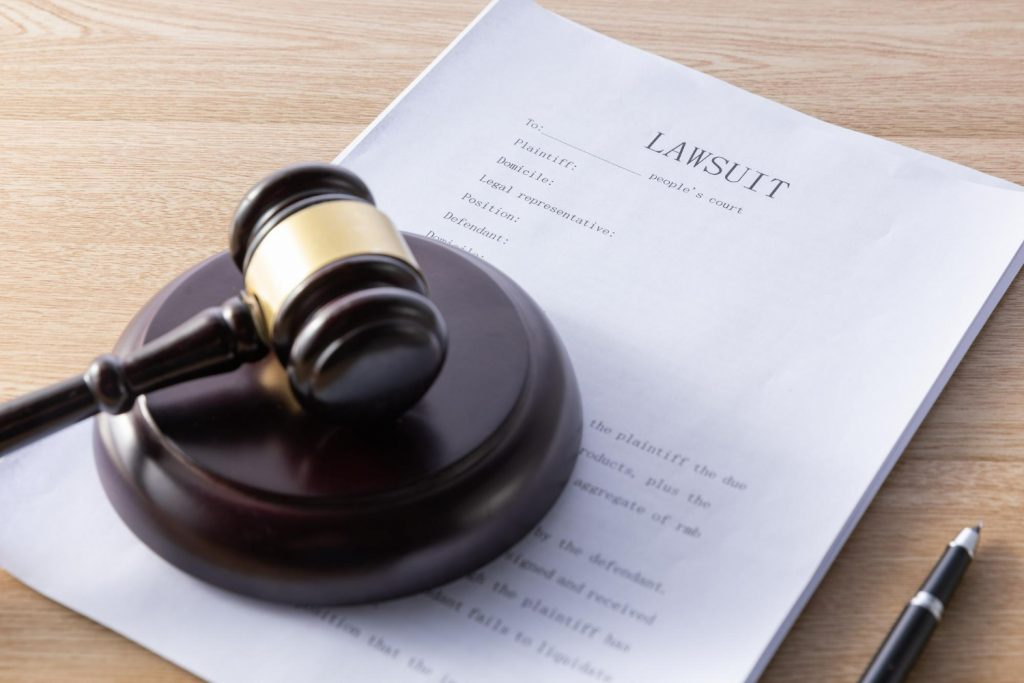
In 2019, Big Business Bias revealed that since 2000, most big corporations, including an astounding 99% of Fortune 500 companies, have settled on at least one discrimination or harassment lawsuit.
As concerning as this sounds, the silver lining is that the workforce is taking a stand against discrimination and demanding better treatment. Between this and employers actively working on creating better employee experience, only collective effort will cause tangible, lasting change.
After all, fighting against employment discrimination not only protects workers’ rights but also contributes to a society where everyone can thrive without fear of bias or prejudice.
Content Writer at Shortlister
Browse our curated list of vendors to find the best solution for your needs.
Subscribe to our newsletter for the latest trends, expert tips, and workplace insights!

Discover the game-changing shift from a weight-focused worksite wellness model to a weight-inclusive approach, where health and well-being thrive beyond the scale.
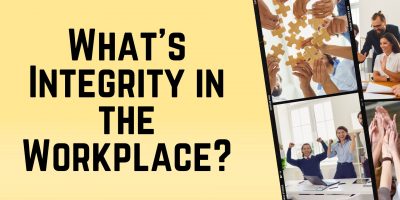
Can leaders truly build resilient and trustworthy businesses by integrating ethical considerations into the fabric of their organization?
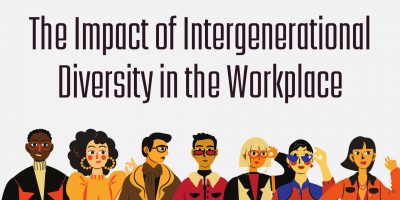
What happens when four different generations collide in the workplace, and what does it mean to have a multigenerational labor force?
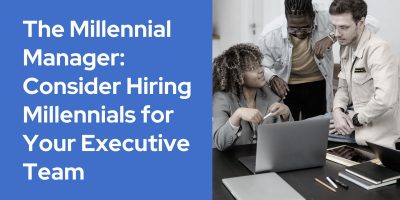
How are Millennials transforming the workforce and companies’ cultures, and what does that change mean for the future of work? What makes this generation good leaders?
Used by most of the top employee benefits consultants in the US, Shortlister is where you can find, research and select HR and benefits vendors for your clients.
Shortlister helps you reach your ideal prospects. Claim your free account to control your message and receive employer, consultant and health plan leads.